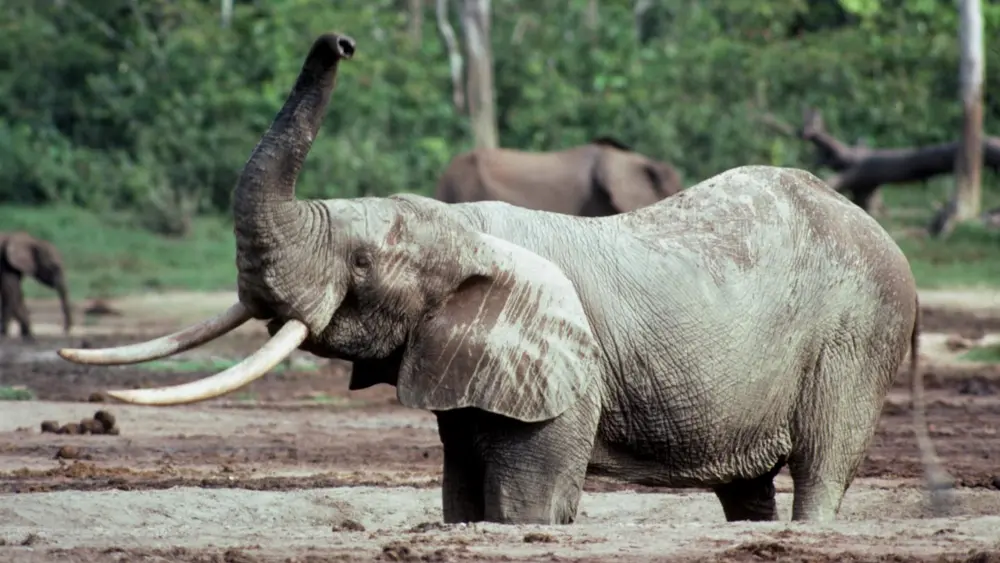
...which paleogenomic and isotopic analyses trace to many distinct herds that once roamed West Africa.
The study is the first to combine paleogenomic, isotopic, archeological, and historical methods to determine the origin, ecological, and genetic histories of shipwrecked cargo, according to the researchers. That's noteworthy in part because ivory was a central driver of the trans-continental commercial trading system connecting Europe, Africa, and Asia via maritime routes. The findings also have implications for understanding African elephants of the past and present.
In the new study, the team, including Alfred L. Roca and Alida de Flamingh, University of Illinois at Urbana-Champaign, along with Ashley Coutu and Shadreck Chirikure, affiliated with the University of Oxford and University of Cape Town, wanted to pinpoint the source of elephant ivory that was widely circulated in the Indian and Atlantic trading systems during early trade and globalization.
"Elephants live in female-led family groups, and they tend to stay in the same geographic area throughout their lives," de Flamingh explains. "We determined where these tusks came from by examining a DNA marker that is passed only from mother-to-calf and comparing the sequences to those of geo-referenced African elephants. By comparing the shipwreck ivory DNA to DNA from elephants with known origins across Africa, we were able to pinpoint the geographic region and species of elephant with DNA characteristics that matched the shipwreck ivory."
"In order to fully explore where these elephant tusks originated, we needed multiple lines of evidence," Coutu adds. "Thus, we used a combination of methods and expertise to explore the origin of this ivory cargo through genetic and isotopic data gathered from sampling the tusks. Our conclusions were only possible with all of the pieces of our interdisciplinary puzzle fitting together."
Learn more at: